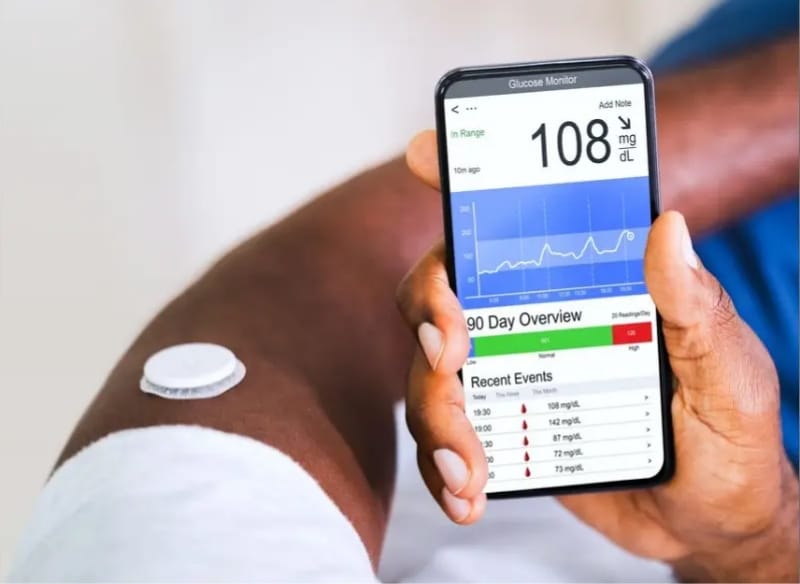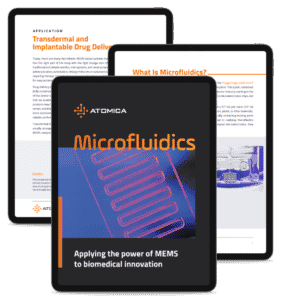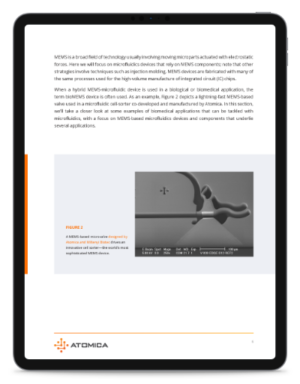EBOOK
Discover the Power of Microfluidic Biochips
Download our introductory eBook on microfluidic biochips and learn how they empower drug delivery, genomics, molecular diagnostics and cell therapies.
What you will learn in this eBook?
- We’ll examine some core biomedical applications that benefit from microfluidics and bioMEMS.
- We’ll take a closer look at the components that underlie these applications.
- And to kick it off, we’ll present a basic primer of microfluidic biochips.


Biomedical Applications of MEMS-based Microfluidics or bioMEMS
When a hybrid MEMS-microfluidic device is used in a biological or biomedical application, the term bioMEMS device is often used. In our eBook, we’ll take a closer look at some examples of biomedical applications that can be tackled with microfluidics, with a focus on MEMS-based microfluidics devices and components that underlie several applications.

Application
Transdermal and Implantable Drug Delivery
Today, there are many microfluidic MEMS-based systems that deliver a particular pharmaceutical into the right part of the body with the right dosage and release rate. Such systems range from traditional and simple needles, oral capsules, and nasal sprays to more advanced strategies tackling delivery location, automation, timing of discrete or sustained drug release, and targeting the tissue(s) requiring therapy. Several advanced approaches have exploited MEMS-based microfluidics devices for easy automation of dosage and release timing.

Application
DNA Sequencing (Genomics)
Research and diagnostics targeting genetic diseases is a rapidly growing field. Major advances in the chemistry and computation of DNA sequencing have yielded a variety of sequencing approaches, leading to progressively faster, cheaper, and higher-throughput methods. Microfluidics is at the core of market-leading technologies. Several genetic diagnostic technologies are using microfluidics and bioMEMS for key steps such as sample preparation, DNA extraction, amplification and identification.


Application
Molecular and Cellular Diagnostics
Many molecular/cellular disease diagnostics and some cell therapies are being ported onto microfluidic platforms, often with glass and/or silicon microfabricated components, as we saw above with DNA sequencing. Why move diagnostics and therapies to the microscale? Because small sample volumes equate to lower reagent costs, lower power and operating costs, and better patient experiences.
MEMS Components for Biological Microfluidics

One of the most powerful aspects of microfluidics is the integration of distinct fluidic operation steps into a single chip. Components often provide fluidic connectivity between operation steps (e.g. valve, pumps, ports) or perform the step itself (e.g. filtering, mixing, dilution, heating, detection); which components are required depends on the analysis or operations being performed. Learn more in our ebook about the various components Atomica offers.
- Microfluidic Actuators
- Micropumps
- Microvalves
- Microchannels
- Microwells
- Coatings
- Microfeatures
- Microneedles






